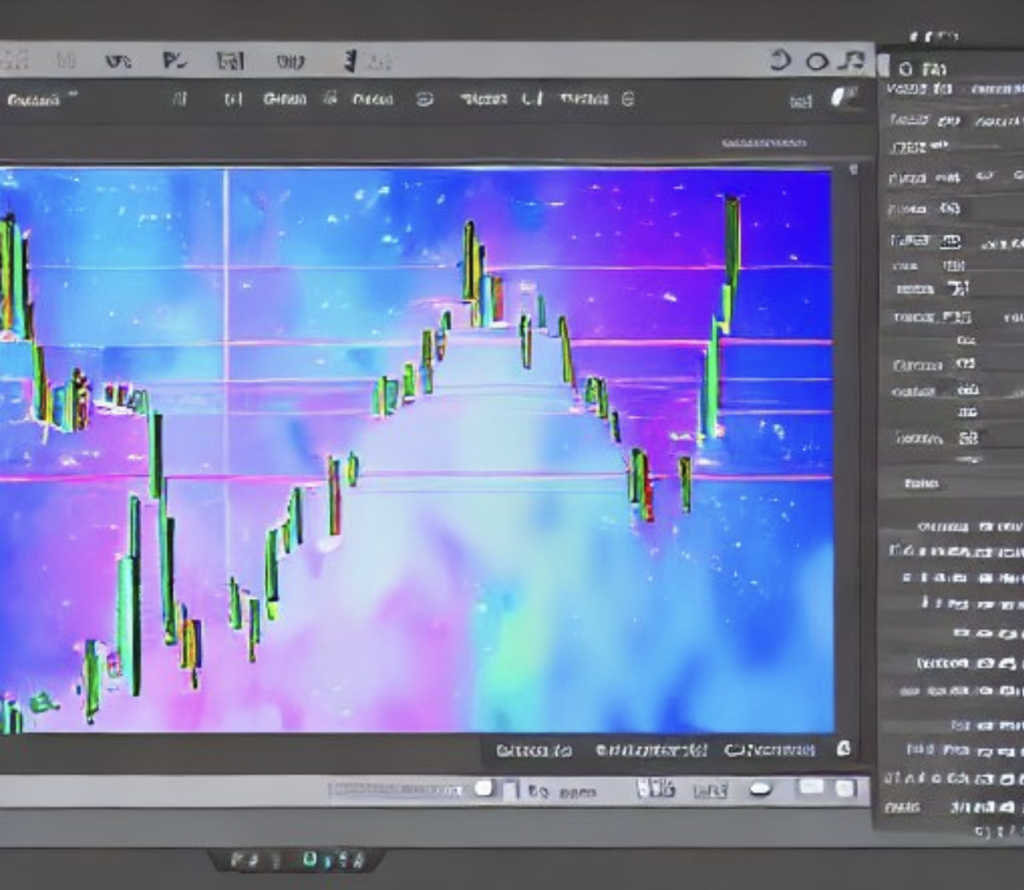
Cryptocurrency trading is the process of buying, selling, or holding digital currencies in order to make a profit. Cryptocurrencies, such as Bitcoin, Ethereum, and Litecoin, are decentralized digital assets that use encryption techniques to secure and verify transactions on a distributed ledger called a blockchain.
One of the main advantages of trading cryptocurrencies is the potential for high returns. In 2017, the price of Bitcoin, the first and largest cryptocurrency, soared from around $1,000 to nearly $20,000 in just one year. However, it’s important to note that the cryptocurrency market is highly volatile, and prices can fluctuate rapidly. As such, it’s important to do your own research and invest only what you can afford to lose.
To start trading cryptocurrencies, you’ll need to create an account on a cryptocurrency exchange. There are many exchanges to choose from, such as Binance, Coinbase, and Kraken. These exchanges allow you to buy and sell cryptocurrencies using fiat money or other cryptocurrencies. Some exchanges also offer advanced trading features, such as margin trading and stop-loss orders, which can be useful for experienced traders.
Once you have an account on an exchange, you can deposit funds and start buying and selling cryptocurrencies. It’s important to keep an eye on the market and to have a strategy in place for buying and selling. Some traders use technical analysis to predict market movements, while others rely on fundamentals, such as the adoption and development of a particular cryptocurrency.
Another important aspect of cryptocurrency trading is security. As the value of cryptocurrencies can be quite high, it’s important to keep your coins safe. This can be done by keeping them in a hardware wallet, which is a physical device that stores your private keys offline. Additionally, it’s a good practice to enable two-factor authentication and to use strong, unique passwords.
In addition to buying and selling cryptocurrencies on an exchange, there are also two other types of trading that are popular in the crypto world: spot trading and futures trading.
Spot trading is the most basic form of cryptocurrency trading. It involves buying and selling cryptocurrencies at their current market price. It is similar to traditional stock trading, where you buy shares of a company at the current market price and then sell them when the price goes up. With spot trading, you can buy and sell cryptocurrencies on an exchange in real-time, and you have the ability to hold the coins in your own wallet.
Futures trading, on the other hand, is a type of derivative trading. It allows traders to speculate on the future price of a cryptocurrency without actually owning the underlying asset. With futures trading, traders can buy or sell a contract that gives them the right to buy or sell a certain amount of a cryptocurrency at a specific price and date in the future. This allows traders to take advantage of both bullish and bearish market conditions. However, it also increases the risk of trading as the price of the underlying asset can move in the opposite direction to what the trader expects.
Both spot and futures trading have their own advantages and disadvantages, and the choice of which one to use depends on the trader’s preference and risk tolerance. Spot trading is simple and straightforward, and it allows traders to hold the assets in their own wallets. Futures trading, on the other hand, provides more flexibility and allows traders to take advantage of both bullish and bearish market conditions. However, it also increases the risk of trading and requires a higher level of knowledge and experience.
In conclusion, cryptocurrency trading has evolved beyond just buying and selling on an exchange, and traders now have the option of spot trading or futures trading to gain profit. It is important to understand the differences between them, and to choose the one that best suits your trading strategy and risk tolerance.Regenerate response
Be First to Comment